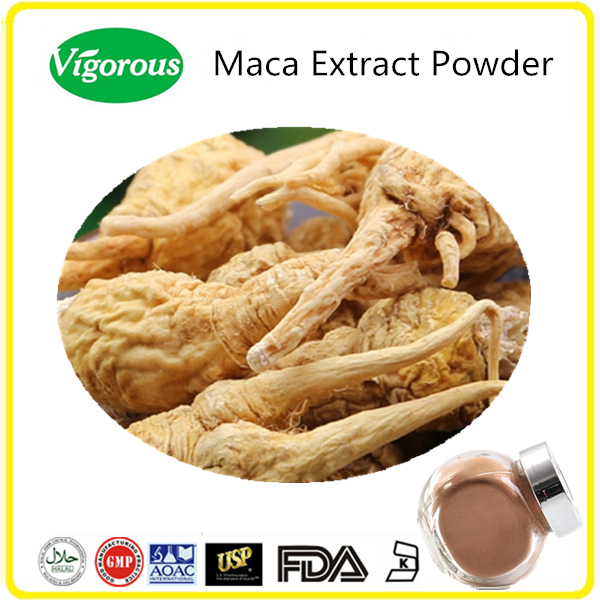- Extract Powder
-
- Fragrant Solomonseal Extract
- Elsholtzia Ciliata Extract
- Wormwood extract
- Red Radish Extract
- Arnica Extract
- Blue Lotus Extract
- Star Anise Extract
- Saxifraga Extract
- Red Bean Extract Powder
- Cistus Creticus Extract
- Luo Han Guo Extract Powder
- Saffron Extract
- Cranberry Extract
- Swertia Bimaculata Extract
- Ligustrum Extract
- White Willow Bark Extract
- Butterbur Extract
- Tongkat Ali Extract
- Grapefruit Extract
- Coix Seed Extract
- Carob Extract
- Lupinus Albus Extract
- Horse Chestnut Extract
- Kava Extract
- Dracocephalum Extract
- Olive Leaf Extract
- Lycoris Radiata Extract
- Schisandra Extract
- Scutellaria Extract Powder
- Semen Coicis Extract
- Sabah Snake Grass Extract Powder
- Phellinus Linteus Extract
- Lycium Extract
- Apple Extract
- Sophora Japonica Extract
- Lungwort Extract
- Acai Berry Extract
- Macleaya Cordata Extract
- instant green tea powder
- melissa officinalis extract
- dandelion extract
- ajuga turkestanica extract
- sesame extract
- rhodiola extract
- filipendula ulmaria extract
- chanterelle mushroom extract
- instant jasmine tea powder
- cistanche extract
- agaricus blazei extract
- agaricus bisporus extract
- agrocybe aegerita extract
- antrodia camphorata extract
- astragalus extract
- auricularia auricula extract
- bilberry extract
- black currant extract
- centella asiatica extract
- chlorella powder
- coprinus comatus extract
- cordyceps Extract
- coriolus versicolor extract
- desmodium extract
- Ecklonia Cava Extract
- epimedium extract
- eucommia extract
- evodia extract
- fenugreek extract
- fisetin extract
- flammulina velutipes extract
- fo-ti extract
- fucoxanthin extract
- ginkgo biloba extract
- ginseng extract
- grape seed extract
- graviola extract
- green coffee bean extract
- green tea l-theanine
- hawthorn extract
- hericium extract
- honeysuckle flower extract
- inonotus obliquus extract
- instant black tea powder
- kacip fatimah extract
- lovage extract
- luo han guo extract
- lutein extract
- lycium extract
- maitake mushroom extract
- mulberry extract
- muskroot extract
- olive leaf extract
- oolong tea extract
- phellinus linteus extract
- pine bark extract
- pomegrante extract
- polyporus umbellatus extract
- poria cocos extract
- pu erh tea extract
- pumpkin seed extract
- pleurotus eryngii extract
GMP Manufacturer Supply High quality Maca Extract Powder
2017-05-08

Maca is the only member of its genus with a fleshy hypocotyl, which is fused with the taproot to form a rough inverted pear-shaped body. Maca does vary greatly in the size and shape of the root, which may be triangular, flattened circular, spherical, or rectangular, the latter of which forms the largest roots. Maca hypocotyls may be gold or cream, red, purple, blue, black, or green. Each is considered a "genetically unique variety", as seeds of the parent plants grow to have roots of the same color. Recently, specific phenotypes (in maca, 'phenotype' pertains mainly to root color) have been propagated exclusively to ascertain their different nutritional and therapeutic properties. Cream-colored roots are the most widely grown and are favored in Peru for their enhanced sweetness and size.
Darker-colored maca roots (red, purple, black) contain significant amounts of natural iodine that may avoid the growth of goiters resulting from consumption of the lighter-colored maca. Black maca is considered the strongest in energy and stamina-promoting properties, being both sweet and slightly bitter in taste. Red maca is becoming popular with many people, and has been shown in laboratory experiments to reduce prostate size in rats.
The nutritional value of dried maca root is high, similar to cereal grains such as rice and wheat. The average composition is 60-75% carbohydrates, 10-14% protein, 8.5% dietary fiber, and 2.2% fats. Maca is rich in the dietary minerals calcium and potassium (with low content of sodium), and contains the essential trace elements iron, iodine, copper, manganese, and zinc, as well as fatty acids including linolenic acid, palmitic acid, and oleic acids, and 19 amino acids.
(1R,3S)-1-Methyltetrahydro-carboline-3-carboxylic acid
In addition to sugars and proteins, maca contains uridine, malic acid, and its benzoyl derivative, and the glucosinolates, glucotropaeolin and m-methoxyglucotropaeolin. The methanol extract of maca tuber also contains (1R,3S)-1-methyltetrahydro-carboline-3-carboxylic acid, a molecule which is reported to exert many activities on the central nervous system. Many different alkamides were found in maca.
Further, maca contains selenium and magnesium,[citation needed] and includes polysaccharides. Maca's reported beneficial effects for sexual function could be due to its high concentration of proteins and vital nutrients; maca contains a chemical called p-methoxybenzyl isothiocyanate, which reputedly has aphrodisiac properties.
Maca is consumed as food for humans and livestock, suggesting any risk from consumption is rather minimal.It is considered as safe to eat as any other vegetable food, but maca does contain glucosinolates, which can cause goiters when high consumption is combined with a diet low in iodine. However, darker-colored maca roots (red, purple, black) contain significant amounts of natural iodine, a 10-gram serving of dried maca generally containing 52 µg of iodine.
Maca has been marketed for its supposed benefits for sexual performance, although there is insufficient evidence to show that it helps with sexual or erectile dysfunction in older people. Evidence of aphrodisiac properties is limited by small study sizes and scientific evidence on its effectiveness is limited.

